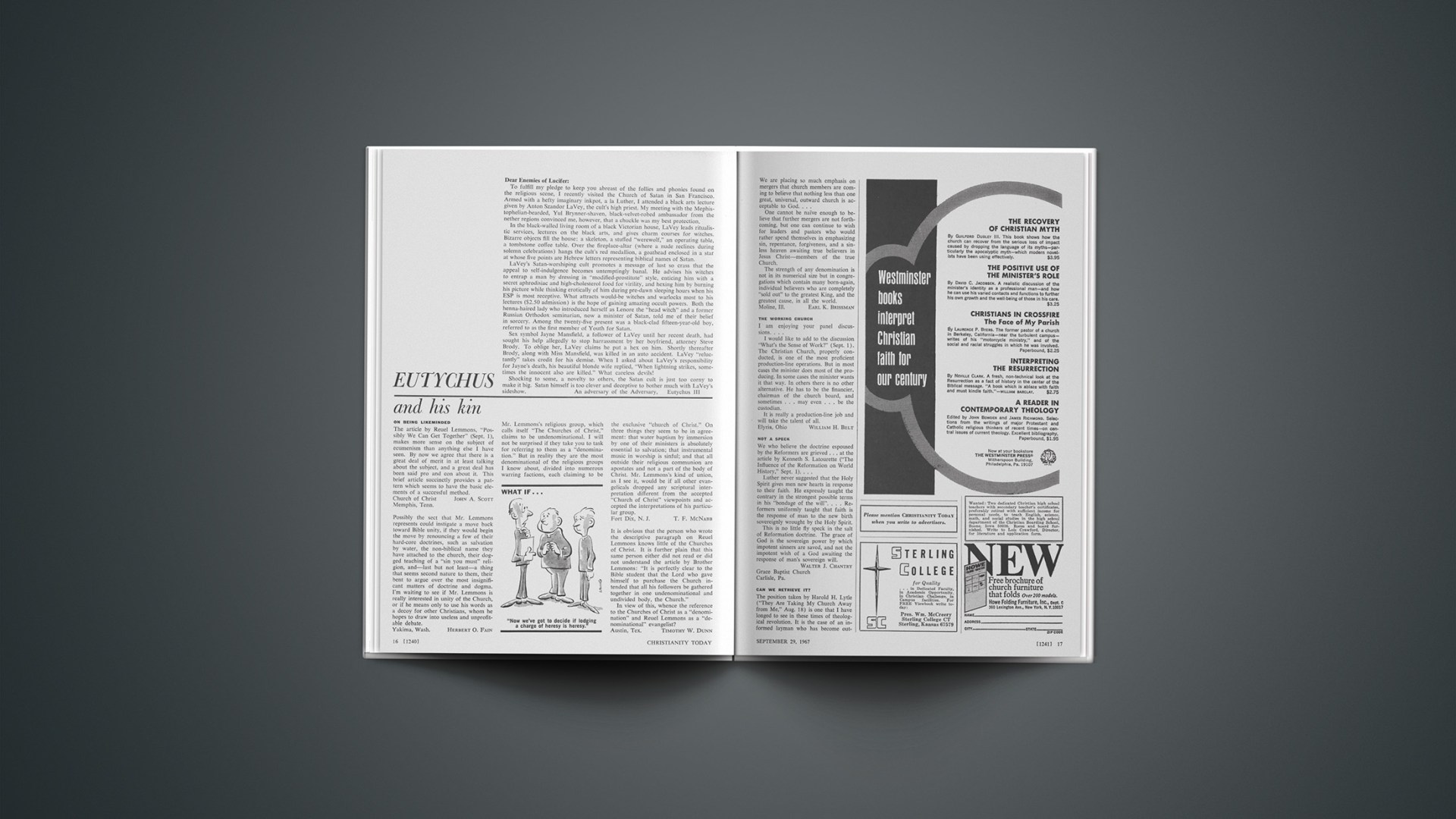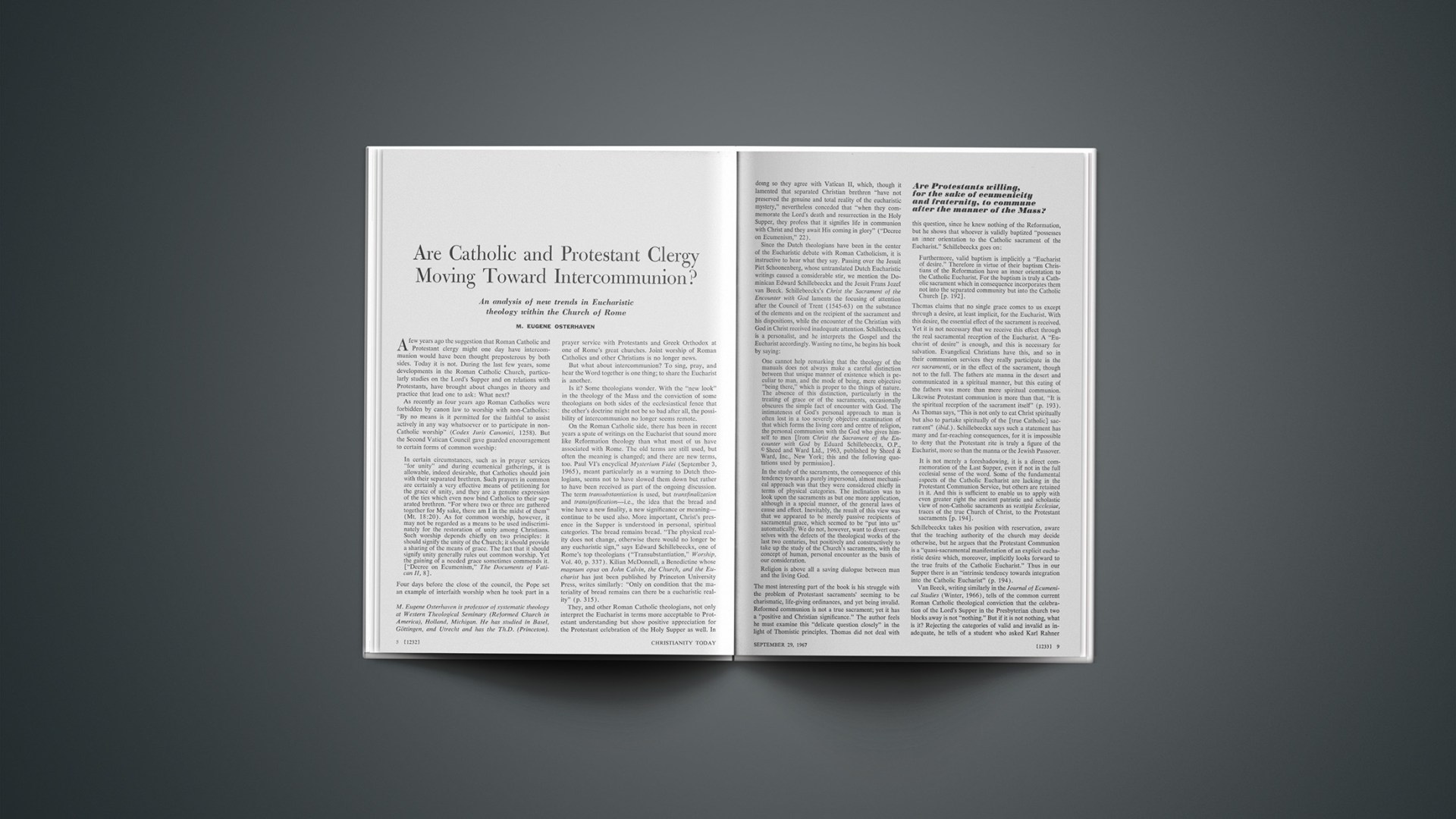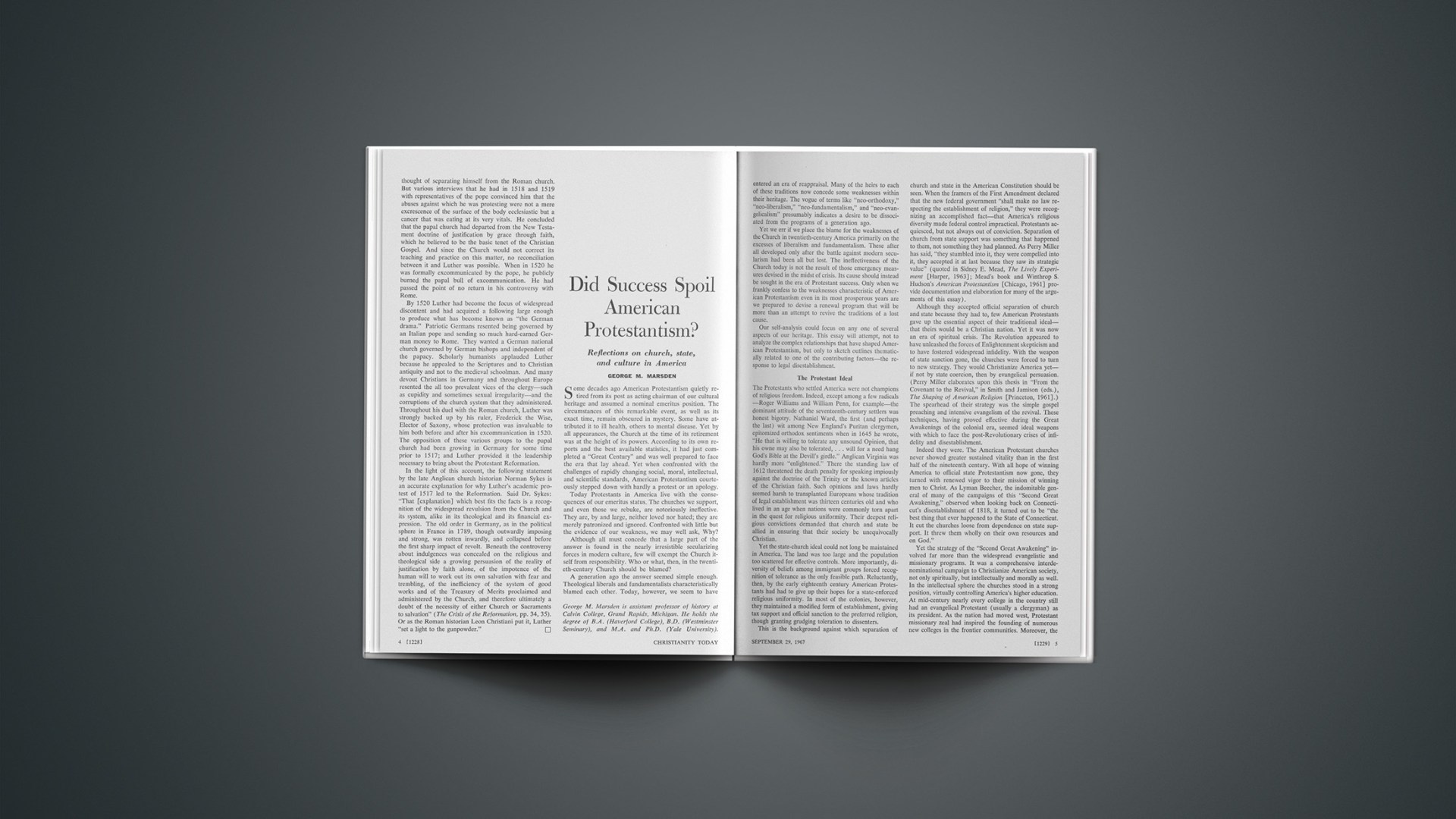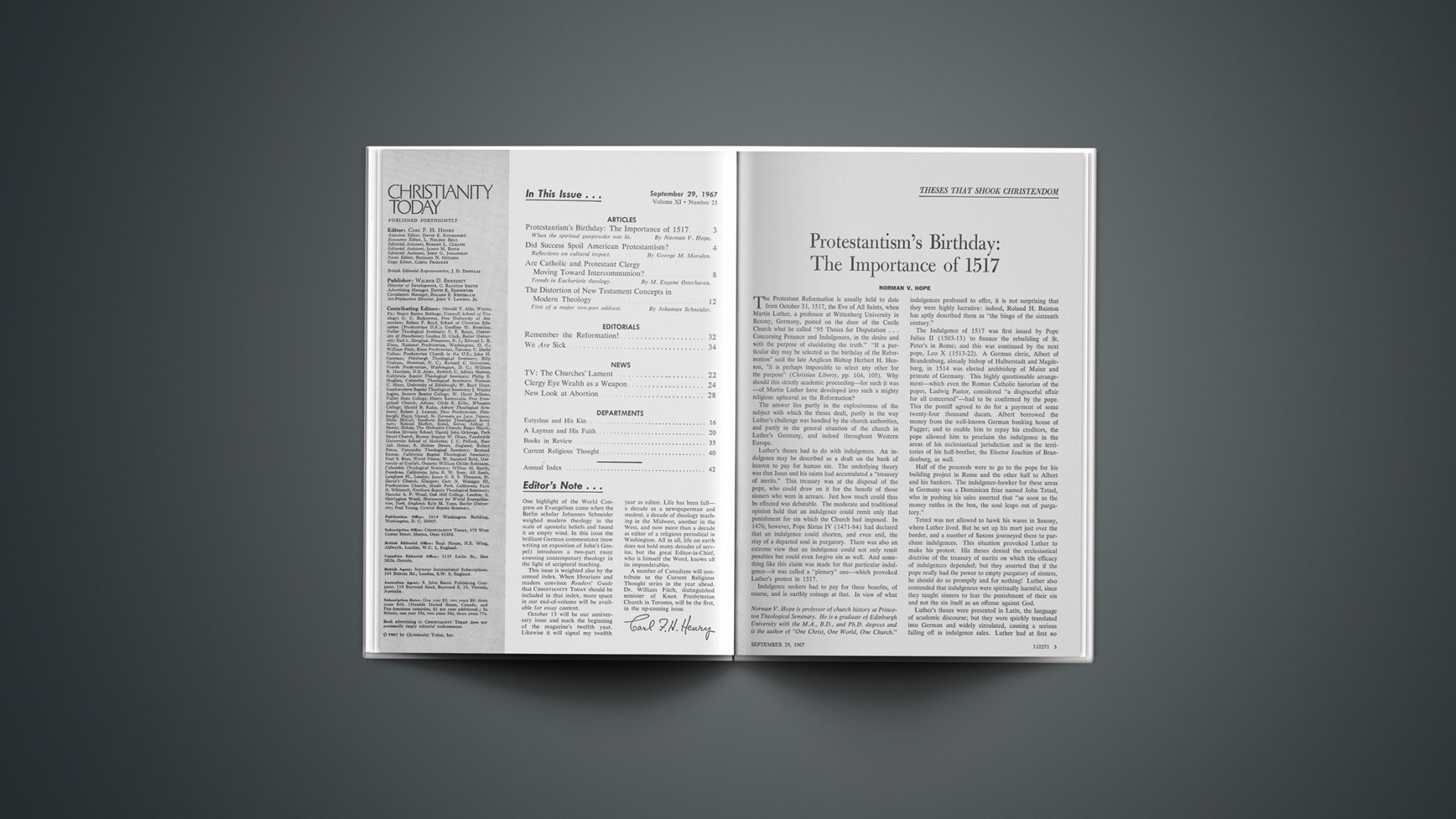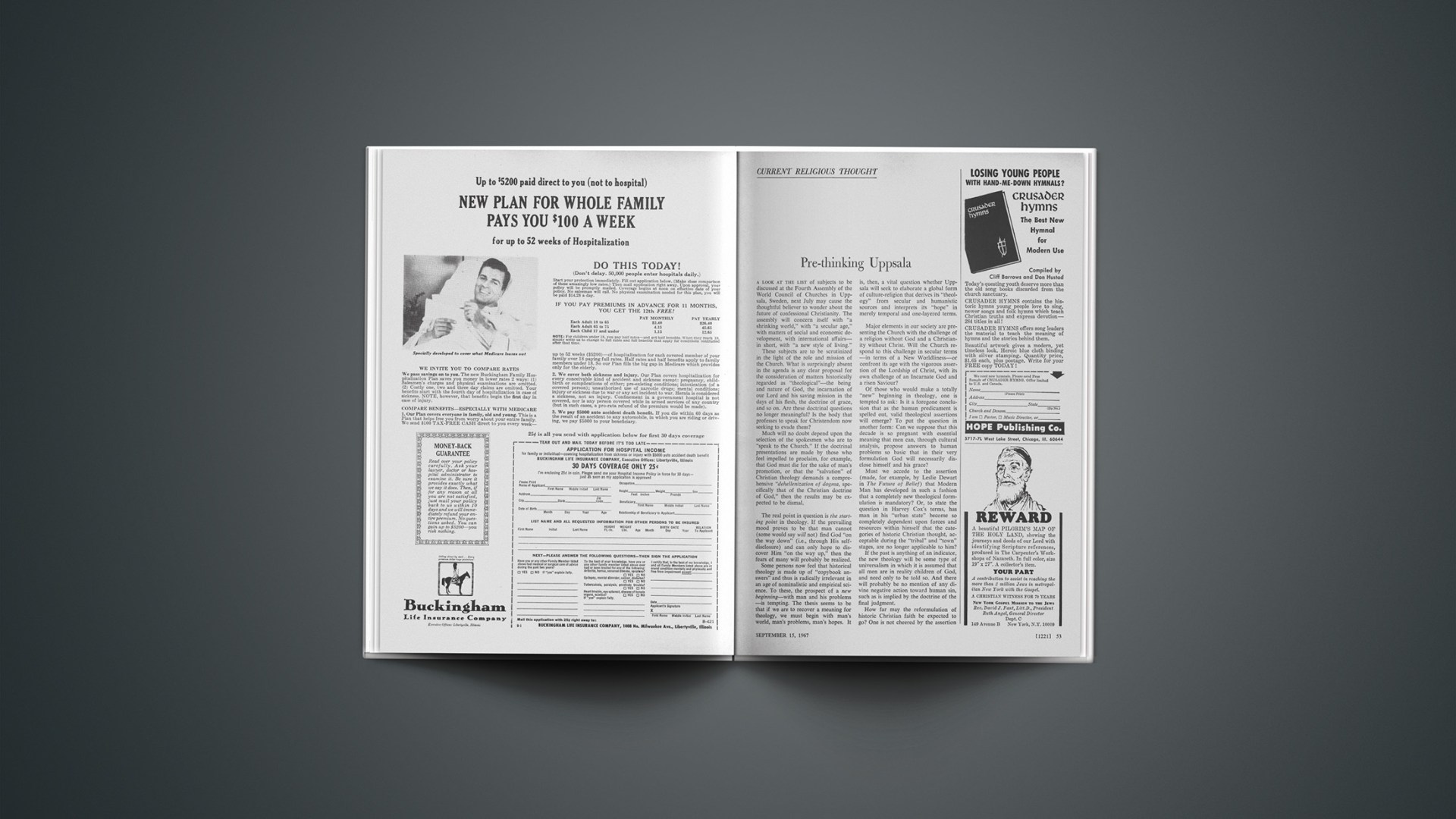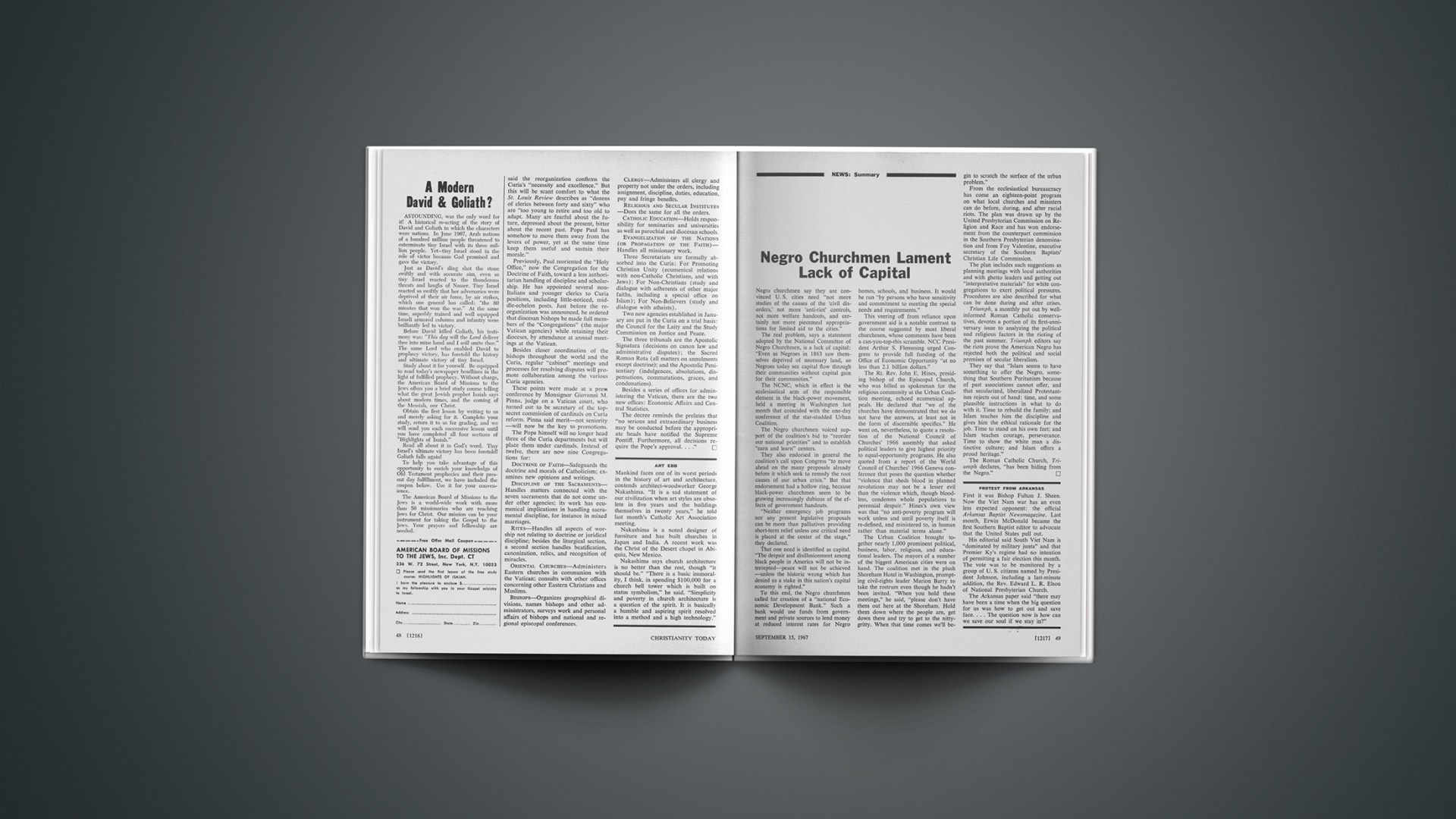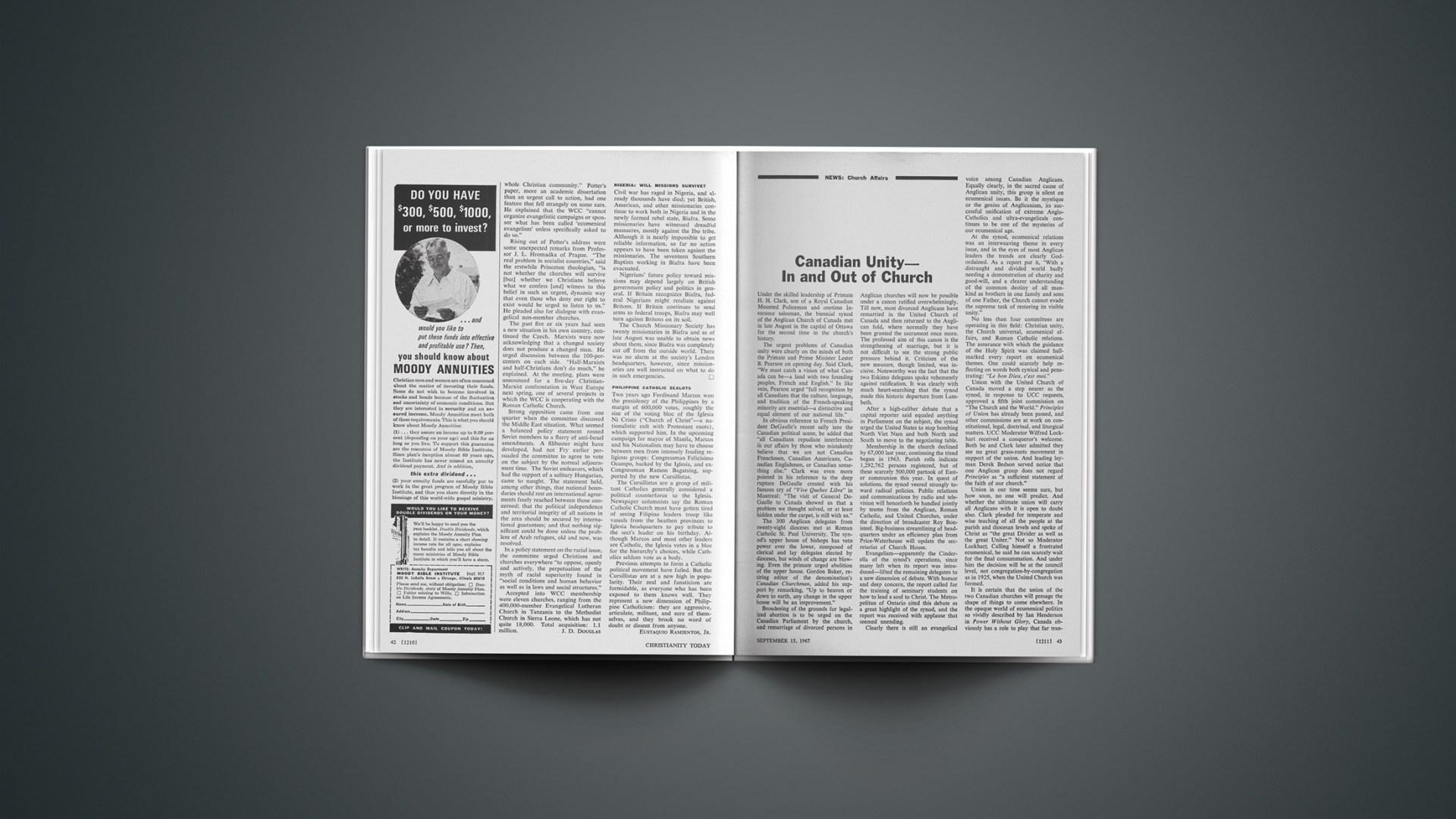Fiber is the tough substance that gives texture and body to plants and trees. From it cloth is spun or woven. And it is fiber that makes trees useful for lumber and other products.
In man, character is the fiber that determines behavior and reaction to the strains and stresses of life. It has been said that a man’s real character is shown by what he does when he is alone, but that is only part of the picture. Whenever temptations come, pressures rise, and decisions have to be made, character or its lack is very evident.
There is a form of good character that is not necessarily based on the Christian ethic. Until the Red take-over in China, there was evident (and there still is, in Chinese communities abroad) a praiseworthy character rooted in respect for family and a sense of family responsibility. No doubt this is why there is so little crime and delinquency in Chinese communities. Obedience to and honor for parents results in law-abiding character.
When the Communists took over China, one of their first objectives was to destroy the age-long sense of family loyalty, and the day came when children’s denunciation of parents was commonplace.
America, which was founded on the Christian ethic, has also experienced a marked decline in character. Now expediency often triumphs over right, and immediate gain is thought by many to justify almost any act. Even among some religious leaders, “situational ethics” has supplanted the absolute of God’s moral law. Never has there been greater need for Christian character than now.
We do not have to look far to find what has largely led to the moral and spiritual decline of American life (which is, of course, a reflection of individual lives). The biblical concept of good and evil has been dimmed or lost, and men no longer have the moral fiber necessary to stand up against the multiplied temptations of today. The faith and conviction that form the basis of character have deteriorated. And the values that make men and nations great are under external attack everywhere. On every hand evil is called good and good evil.
If one has no inner standard of values, why should he oppose what is wrong? If one’s source of reference is no higher than the behavior of others, he can travel to disaster without ever sensing the danger ahead. Without a God-oriented sense of values, there can be no Christian conscience.
Years ago, when I was a medical student in Richmond, I had the privilege of helping in the Seventeenth Street Mission on Sunday afternoons. One day a young Negro boy was arrested and brought into court. When he was asked, “Did you steal that box?,” the little fellow replied: “No sir, Judge, that would be sin.”
The bemused judge asked, “What is sin?” He received the immediate answer, “Sin is any want of conformity unto or transgression of the law of God.” Needless to say, this case was investigated and the honesty of the little boy proved beyond doubt. He had character developed by Christian teaching and a loyalty to what he had been taught.
How tragic that so few young people are learning the foundation of Christian character today! Even in many Sunday schools, the development of a strong sense of right and wrong, of man’s responsibility to God and the teaching of Scripture, is slighted in favor of development of “social consciousness.” The result: anti-social behavior on every hand.
Why are so many people unwilling to “get involved” when others are in trouble, even before their eyes? Because character has been supplanted by selfishness.
Why is there so little righteous indignation against those who are actively destroying the values that made our nation great? Why is there no firm reaction against those who have lost all patriotism and who actively engage in sedition and acts of treason?
Recently a well-known folk-singer was refused the use of an auditorium in Washington because of her encouragement of draftcard-burners and draft-dodgers. The news media made a heroine of her while those who refused the use of their auditorium were held up to ridicule. Could this have been possible without the undermining of the foundations of national conscience by an insidious propaganda that rejects all restraint? “Freedom” has become license, and in that grievous perversion conscienceless men are spelling the doom of a nation.
But there is hope. That hope lies in people who have consciences controlled by the living Christ. One develops such a conscience by becoming thoroughly saturated with the Word of God, by learning to look at the world in the light of God’s holy laws.
Let young people read and reread the Book of Proverbs, for there they will learn the basis for right behavior. Let them receive Christ into their hearts and they will, through the help of the indwelling Spirit, know how to react to temptations and the insidious propaganda of Satan, to which they are constantly subjected.
Young people need to learn of Daniel, whose strong character was reflected in his resolve “not [to] defile himself with the king’s rich food, or with the wine which he drank” (Dan. 1:8); of Timothy, to whom Paul wrote, “Take your share of suffering as a good soldier of Christ Jesus” (2 Tim. 2:3); and of Isaiah, who could say, “The Lord GOD helps me; therefore I have not been confounded; therefore I have set my face like a flint, and I know that I shall not be put to shame” (Isa. 50:7).
One step toward developing a God-oriented conscience in America would be to institute the reading of the Ten Commandments each day in all public schools. God’s moral law, common to the heritage of Jews, Catholics, and Protestants, read without comment, would be a blessing and help to all, particularly those who have never learned the meaning of right and wrong. If attendance at this reading were made optional, even the mouths of avowed atheists would be stopped.
The American heritage is saturated with the recognition of God and our responsibility to him. How can we continue to permit the frittering away of our most precious possession in the name of a “freedom” that is actually bondage to evil?
If we are to regain the character that once made us great, we must have a source of reference—God’s holy law, which enables us to distinguish good from evil. When character is founded on Christ and his Word, men see through the blandishments through which we are being led down the path to oblivion.
Christian character, the fiber that makes men and nations great, is desperately needed today. For a generation there has been a growing tendency to let men set the standards, with disastrous results. We have forgotten that “righteousness exalts a nation, but sin is a reproach to any people” (Prov. 14:34).
Character makes the difference.
L. NELSON BELL



